|
A widespread species, this pearl crescent butterfly was seen this morning in a meadow near a channelized stream. Lots of wildlife in these types of areas of Michigan.
0 Comments
After finishing up all our work with the bat and sea caves in the southwest of Costa Rica, we spent our last night in that region back at the Firestone Center. Not the least of the reasons was for access to a washer and dryer, as another day and you'd know we were coming before we entered the room and know we had been there long after we left. So here are a few more photos from the Firestone. The first is an interesting scene on a leaf. This blue morpho (Morpho sp.) was patrolling a trail when I saw it and I was able to follow it until it landed. And when it landed the leaf was occupied by obvious predators of butterflies, harvestmen. But I think in this case the butterfly would be just a little on the large size for these guys to go after. Side note, the species of this butterfly is likely Morpho Menelaus, but the pattern is quite similar to Morpho didius which I do not believe to be found in Costa Rica. Anyway, when they close their wings the blue disappears and they have the brown with eye spots pattern on the ventral side of the wings. At the Firestone Center we have a lot of peccary. They are notoriously near-sighted and even when pretty close can't seem to discern exactly what is going on unless you wave your arms or something. But they also have a reputation for being grumpy leaning toward aggressive when you get too close. I saw these collared peccary along the trail and they just kept getting closer and even when I was moving they just kind of shook their heads and didn't run off. I took a photo and then took a little detour around them lest I get chased up a tree or something else less than heroic. At night, I had to go into the forest to check on the mosquito trap. It was hanging in a tree down by the Rio Cacao and pretty close to the Ecology Center. On my way there, I spotted this Northern cat-eyed snake on the ground in the yard outside the Ecology Center. They are fairly thin snakes, but when I got close it puffed itself up to probably more than twice its normal width. And while not a dangerous snake, they are rear fanged and do have a venom, but even so you can pretty much pick them up and move them out of the way if needed. Of note, this image looks a little odd since it was taken with the wide angle lens I had on my camera to photograph the mosquito trap. I was only a few inches from the snake taking the pictures, which gives it an unusual look. And finally, one of the things we have been working on at the Firestone Center is to figure out what mosquitoes we have and which species are in which habitats. This has been a struggle as catching them in homemade traps hasn't been very successful.
Here you see the latest model of the Dynatrap, a neat little thing that was a light and a fan (sucking inward) to attract and suck in mosquitoes. The old model had to be plugged into an outlet, which unsurprisingly are not readily available out in the jungle. This model was designed to work with an external battery, and early results are quite promising that this will be our go-to mosquito catcher in the future. I am back from tent camping and catching bats in the Monongahela National Forest. The whole project took almost a month to complete and it is nice to have a hot shower and bed to sleep in again. But the MNF is such a fabulous place to hang out that it is worth it.
It rains quite a lot there and so not super great for the type of photography I do, but I got a few shots and will be posting photos from in and around the Forest for the next few days. During the first two weeks we did not see the sky much either during the day or night. Clouds were omnipresent and much rain fell. But on one night I was happy to find the clouds cleared off and we had a brilliant starry night. And then all the fireflies started up right by where I was sitting. I put the camera on a tripod and made a few exposures at 30 seconds each around 1am after the moon disappeared. I like this one the best. The slaty-tailed trogon is just one of the most beautiful birds. We were over at the neighboring Hacienda Baru to get permission to catch some of their mosquitoes (how hard was that!) and I got a chance to take a short walk to the beach. Along the trail was this trogon just sitting and hunting as they tend to do. But while taking a couple photos it made a quick attack flight and landed nearby with a large caterpillar in it's mouth. Even though I wasn't all that far away, there was no way to see what kind of caterpillar it was. But when I looked at the photos it is clearly one of the snake-headed caterpillars. I am not really sure of the ID even from the photo, but probably Hemeroplanes ornatus which is one of the sphinx moths. Very cool, so take a close look at the caterpillar and you will see two "eyes" and a very triangular snake-shaped "head". So totally cool that the bird wasn't fooled by this obvious defense strategy, probably plucking it off so fast it didn't have time to do the "look like a snake" thing. These caterpillars are even known to make a striking motion and really have the whole snake thing down. And as an end note. Most animals seem to prefer to eat prey head first. So, the bird gave the caterpillar a quick flip toss spinning it around so the head was at the beak. And down the hatch it went.
One of the student projects this year is to identify the various species of mosquitos at the FCRE. They are off to a good start by capturing quite a number of the little buggers in mosquito traps. But the real test will come when they start trying to figure out the species. They will be looking at something like this through a stereoscope to get the work done.
I am pretty sure this is a katydid, but not positive. It has just shed its skin and is hanging out while its new skin dries out and hardens.
Some years there are a lot of army ants, but this year not so many. However today along the Waterfall Trail I saw a column going across the trail. These things have both a sting and a bite so best not to step on the line. Costa Rica doesn't have an enormous amount of limestone topography, the usual place for caves, but it has some and there are some pretty cool caves here. However, the cave-loving bats have to use whatever they can find in areas without many caves, and we were able to visit a sea cave with one of the largest cave bat populations in the country. This cave is pretty far from where one would look for caves and an unusual bat cave. But before the main cave, let me introduce what might be Costa Rica's newest known cave, Cueva Scouser. Warren Roberts found this rather short cave near the main bat cave and we mapped it. Not too much going on inside but it had about 40 bats, with 30 of them being Carollia perspicillata and the others one of the Glossophaga species. Note that these IDs are based on me being able to observe the bats from quite close but not handling and keying them out. Both of these genera of bats have a couple very similar species. The big bat cave isn't much of a cave. It is a sea cave in a highwall of rock along the Pacific Ocean and apparently doesn't get enough pounding from the sea to evict the bats. Total length is only about 70 meters of linear passage. There is a spit of sand that comes right to the entrance, so no wading or swimming to get to the cave, but... After passing the constriction where Don McFarlane was in the last photo, the cave is all walking passage. Still kinda wet though, and the smell quickly gets quite awful. The bats are high up in a fissure at the back end and, well, it is a fairly unpleasant place to be. The floor is 18 inches of... Sorry about the quality of the last photo. It looks great on my computer but lousy as an upload to the blog. And let us not forgets the other animals that love a good bat cave. There are hundreds of giant cockroaches on the floor. I ended up with them up my pants and even in my pockets finding them later. Gotta love those big cockroaches to work in tropical bat caves. So, back to the bats. There were quite a lot of them in the cave, all up high in the top of a thin fissure. Hard to get a photo showing the colony for a number of reasons, such as their location, the hot and humid cave environment fogging the camera lens, and well let's just say that is was raining bat pee and poo down on me and the camera which is an understatement. But I managed to get a good shot of them. Here is another shot, taken later in the evening after some had already left the cave for the night, but a wider angle of the roost. Coming out of the cave I took a photo of my boot. Well, you can't see my boot at it is under some really horrible stinky sludge. I love working with bats but sometimes it can be less than optimal. However all this seems, I do have to say that when coming out of the cave it is quite an attractive site. The sky and the rock make a pretty neat composition.
Damselflies are really pretty insects that can be found in most any light gap in the forest, as well as around the ponds and some trails. And while in the sunlight they seem to sparkle and iridesce, at night they just grab onto a plant stem and sleep away until daybreak. Fun fact is that this suborder, Zygoptera, is known to be relatively unchanged for some 250 million years. Must be a pretty good design to still be around for that long.
There are a lot of species of bugs here, and some can be quite hard to figure out. The ones that are all or mostly black are certainly the toughest. So I am going to note that I think this is a big-legged plant bug in the genus Acanthocephala but really can't be sure. I have found members of this genus here before but that just might not matter given the diversity at the FCRE.
|
AuthorKeith Christenson - Wildlife Biologist Categories
All
Author
Keith Christenson Wildlife Biologist Archives
September 2021
|


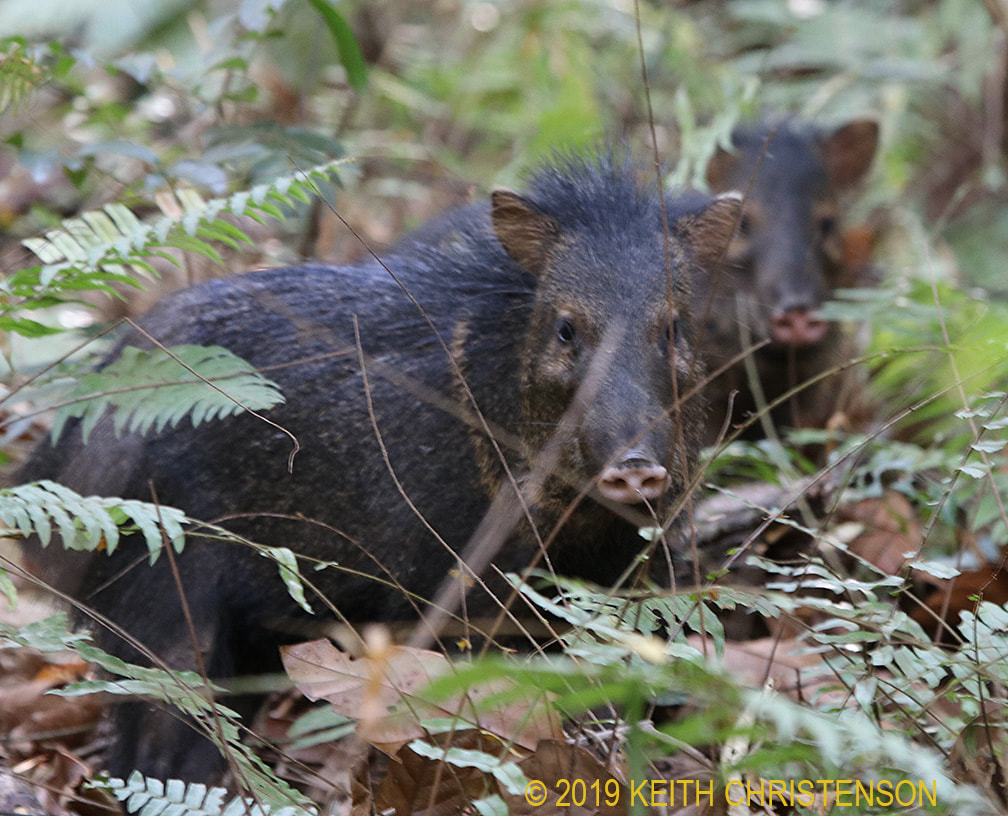
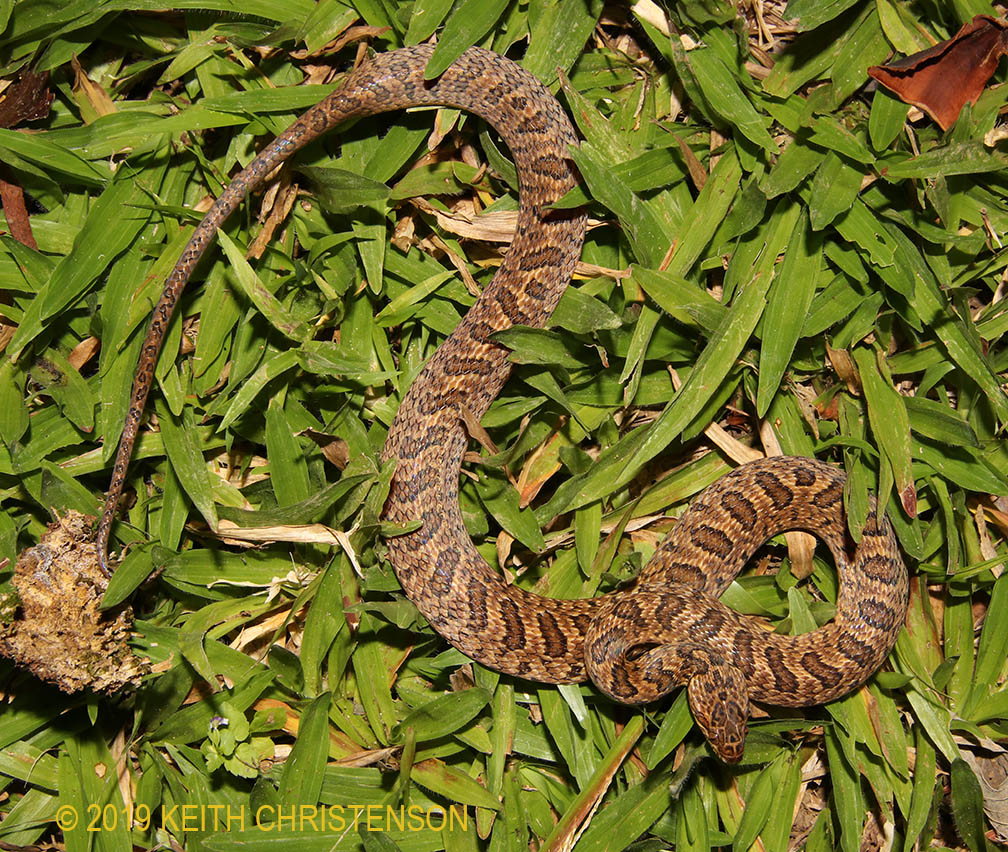

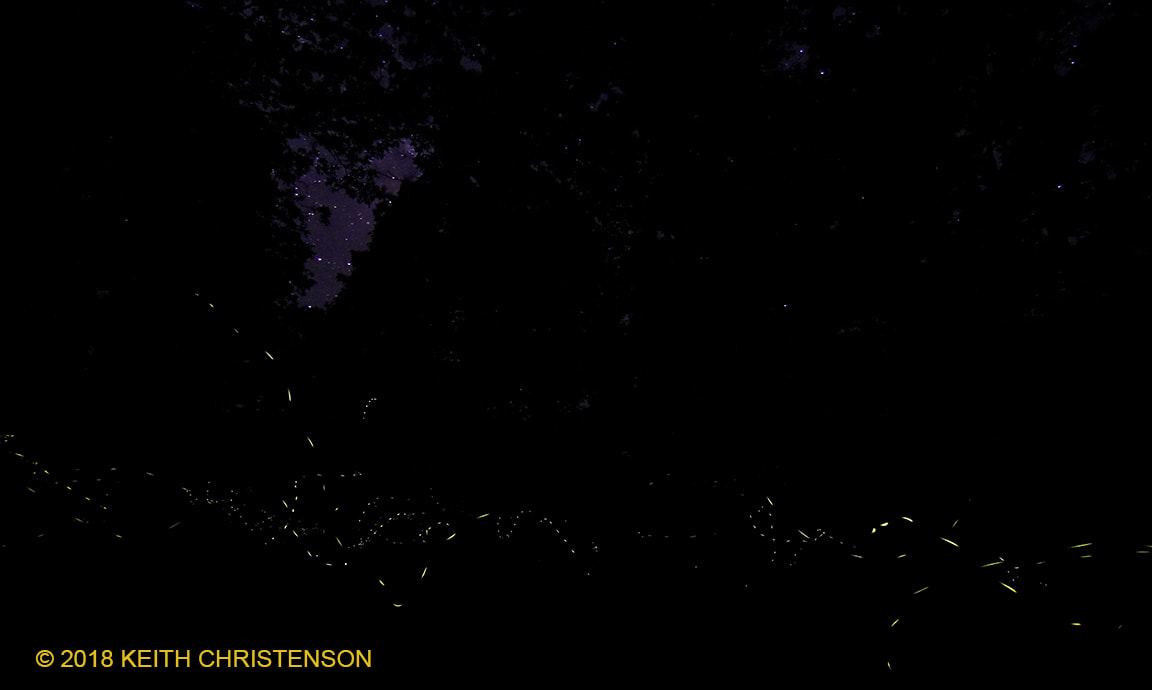





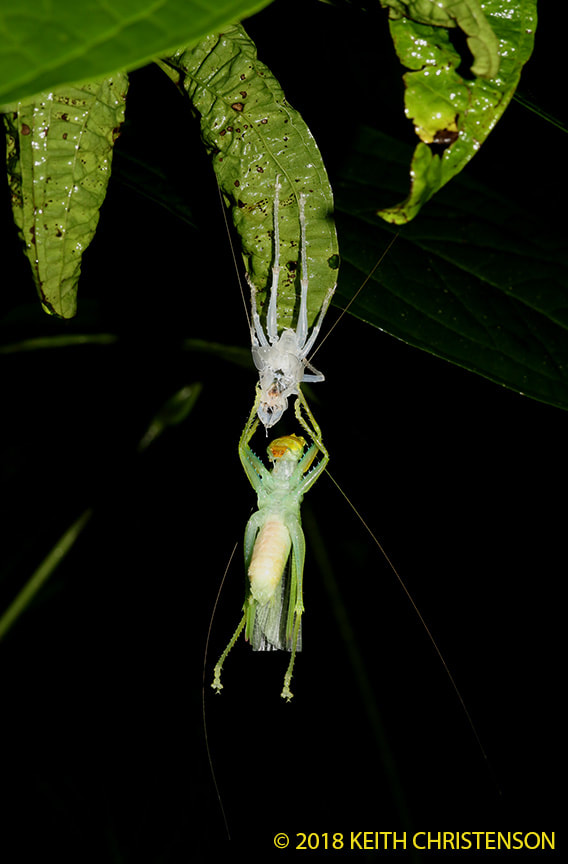
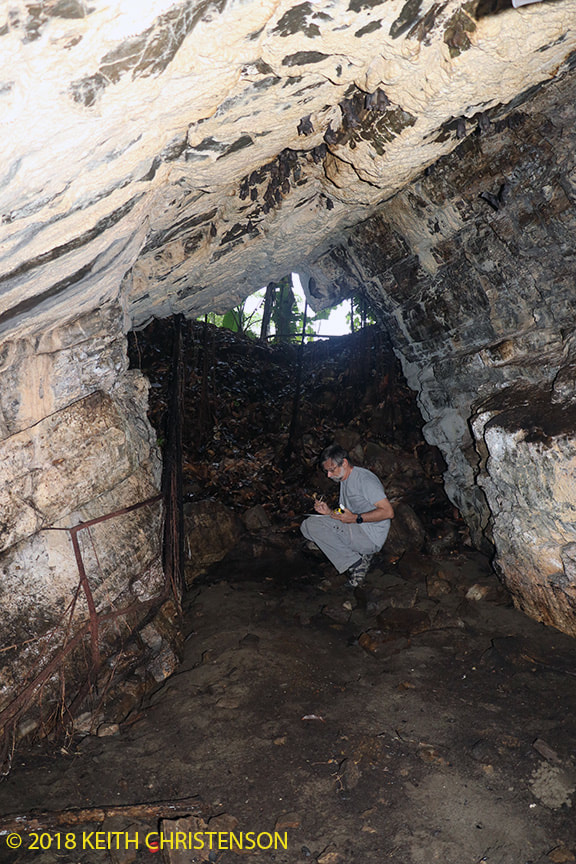

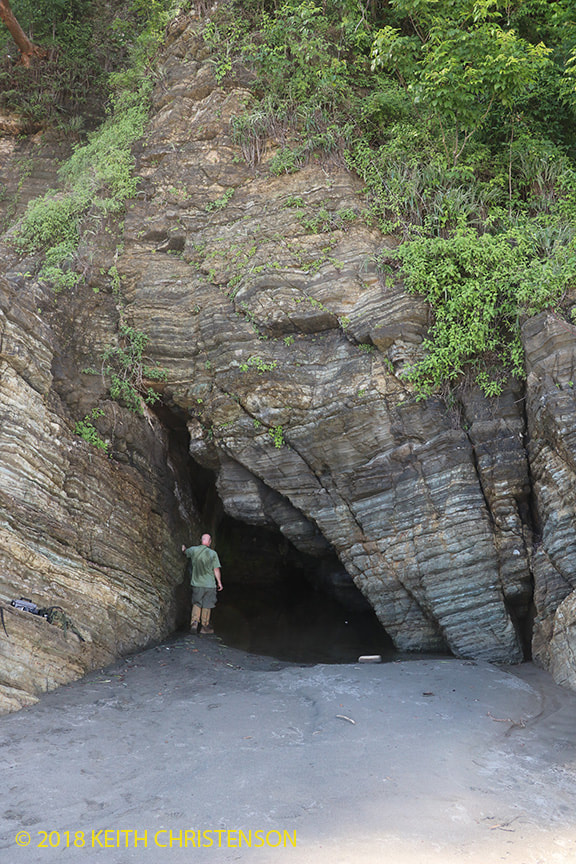

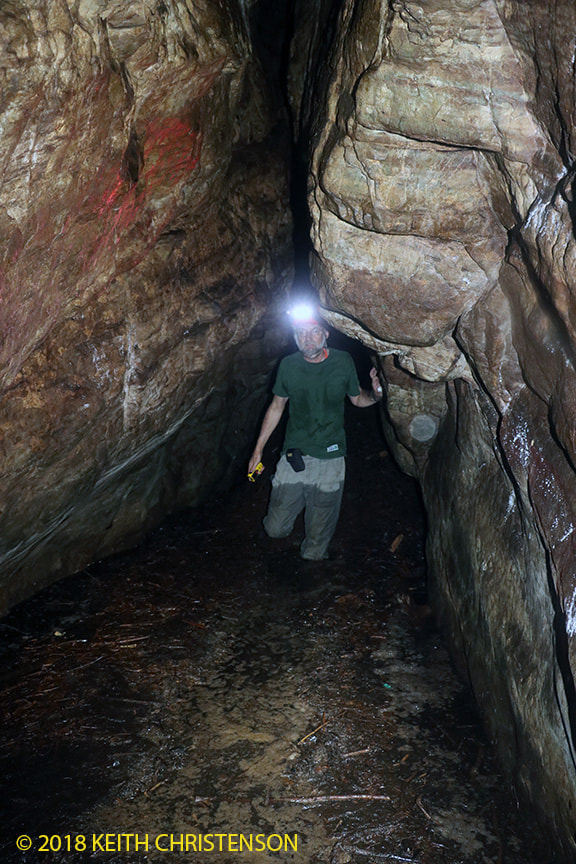

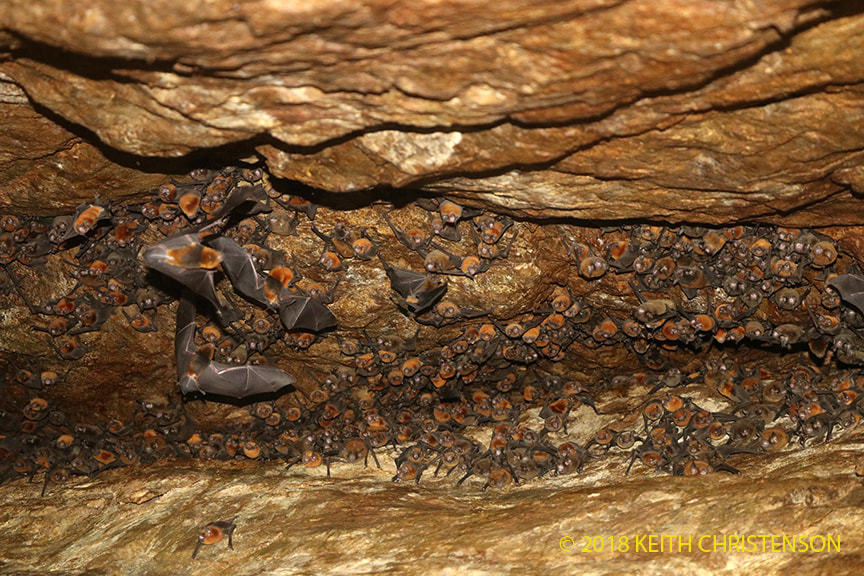


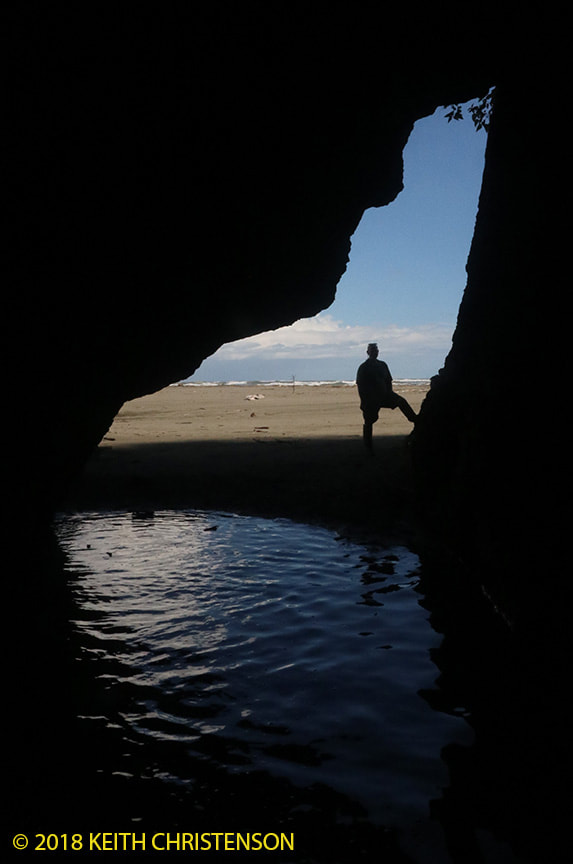


 RSS Feed
RSS Feed